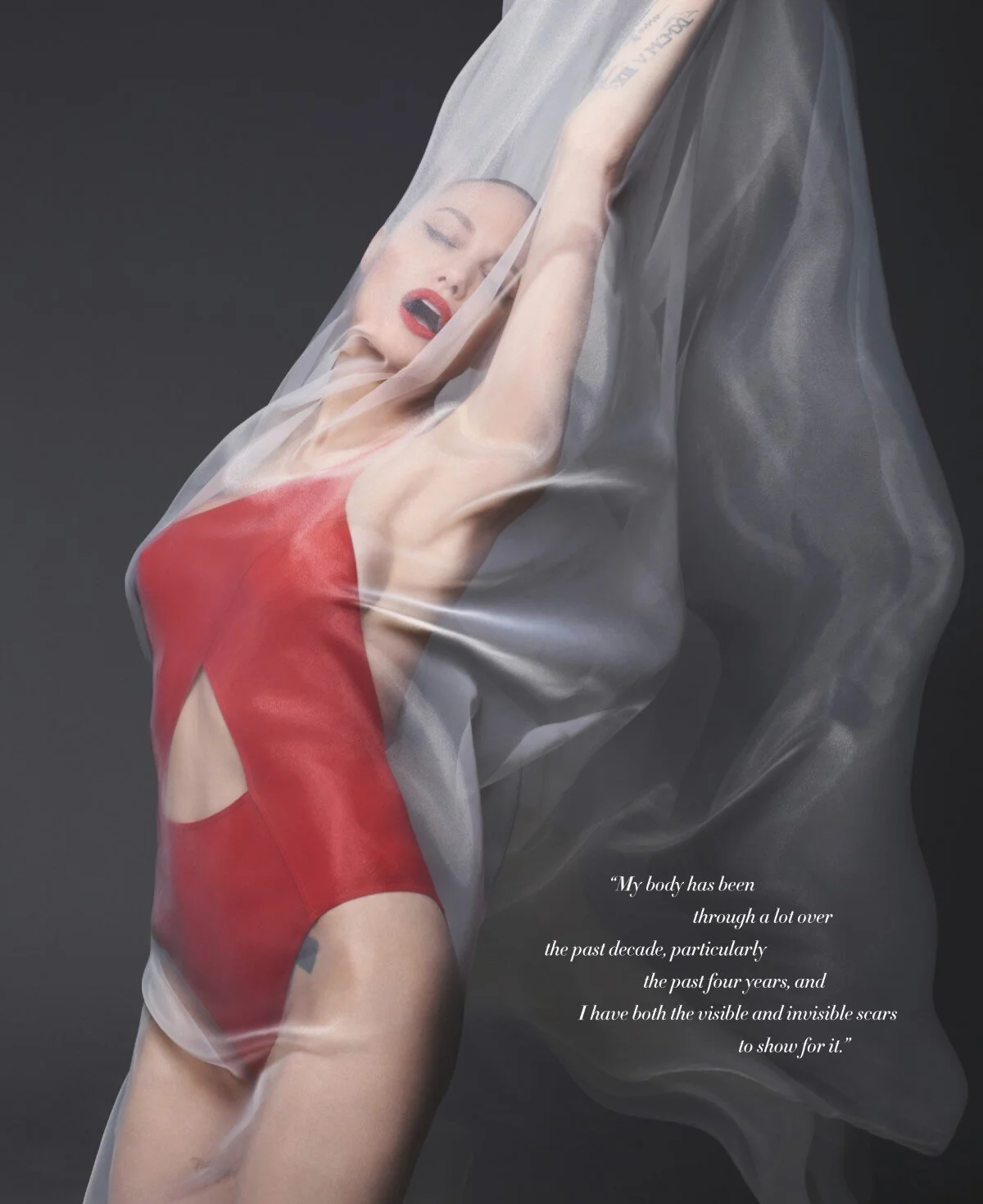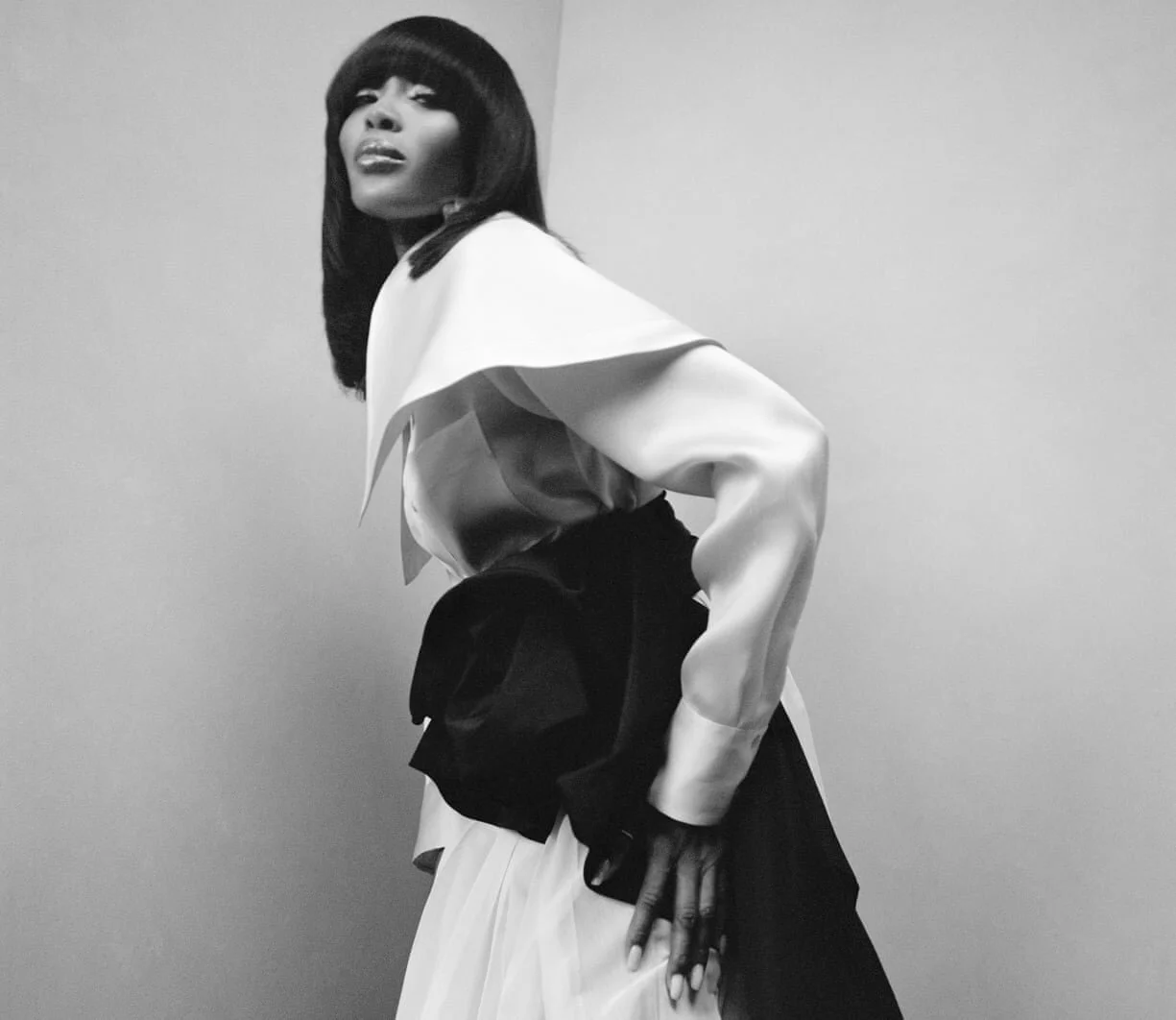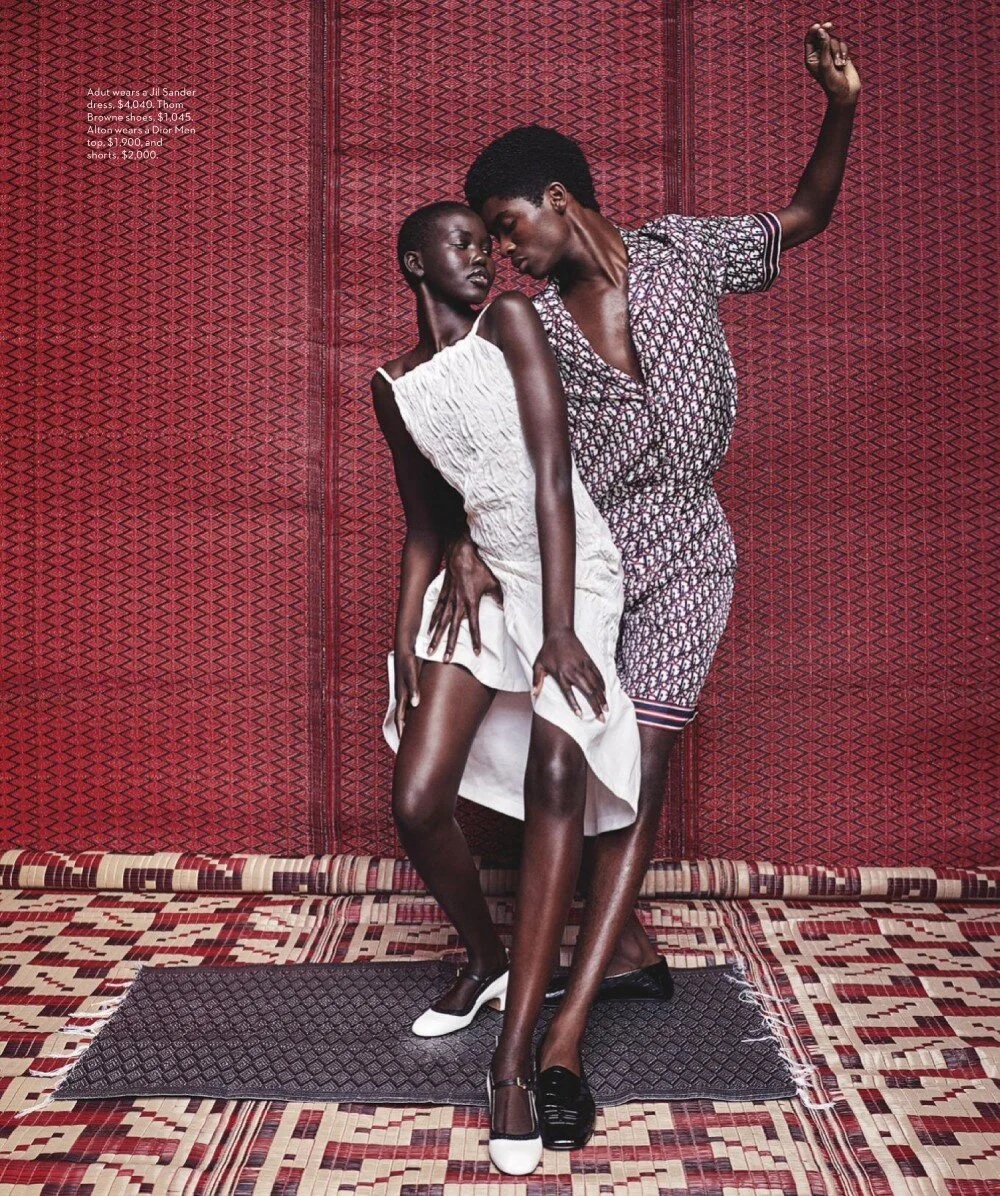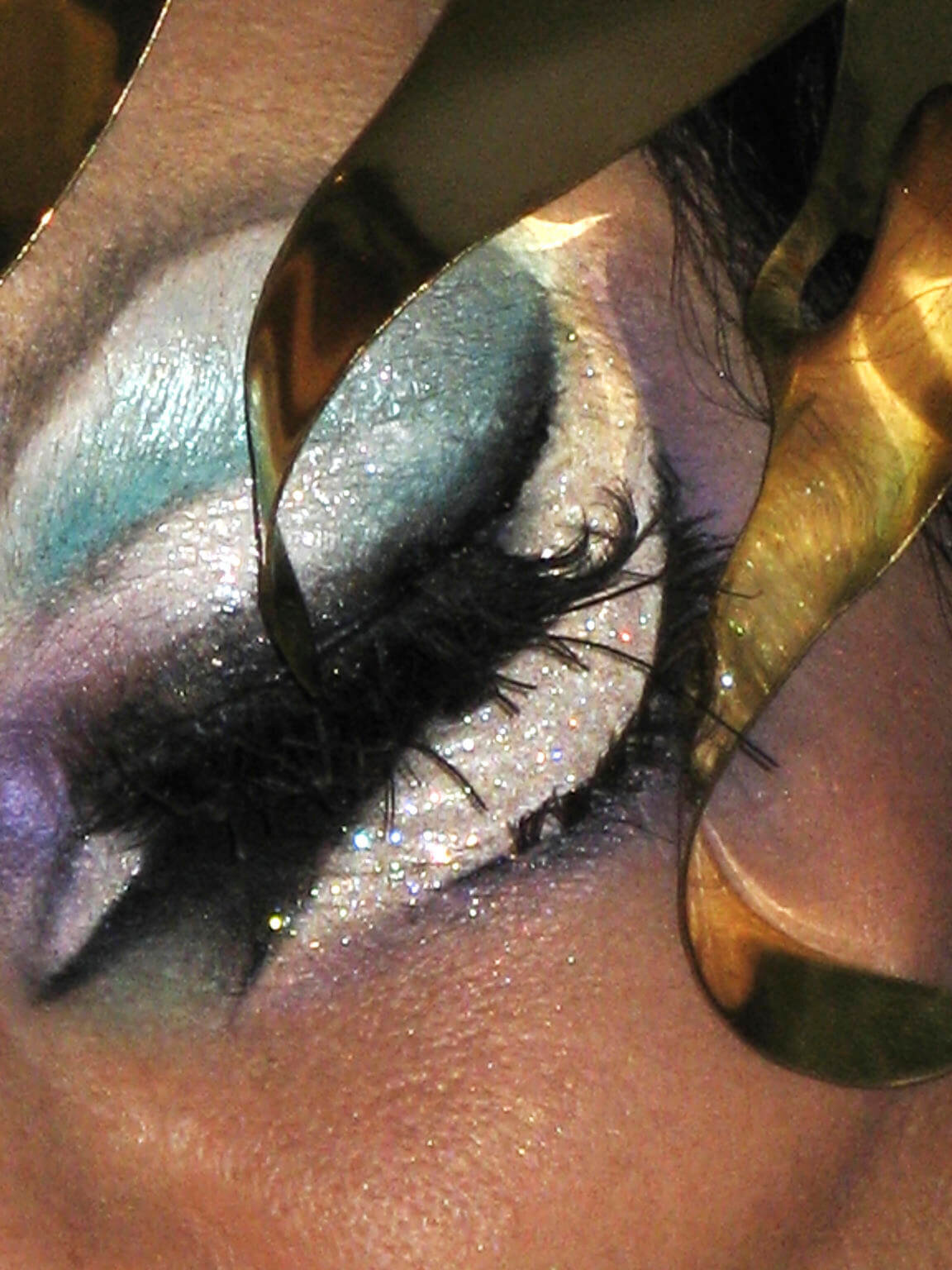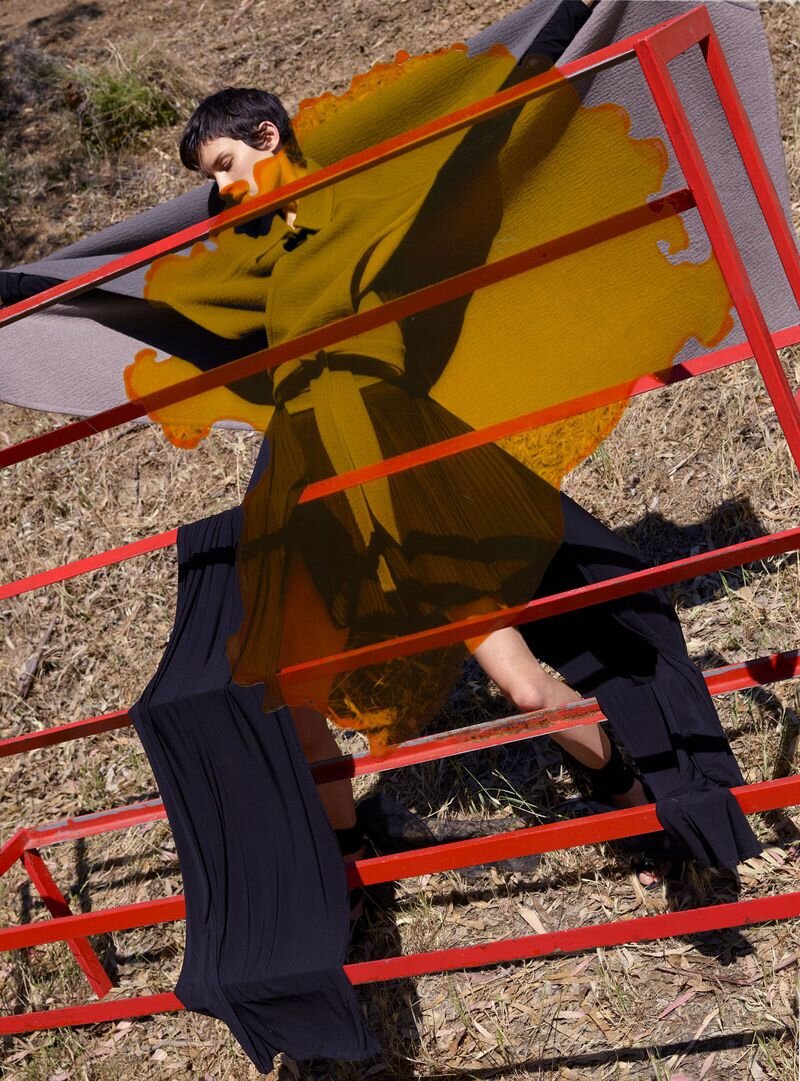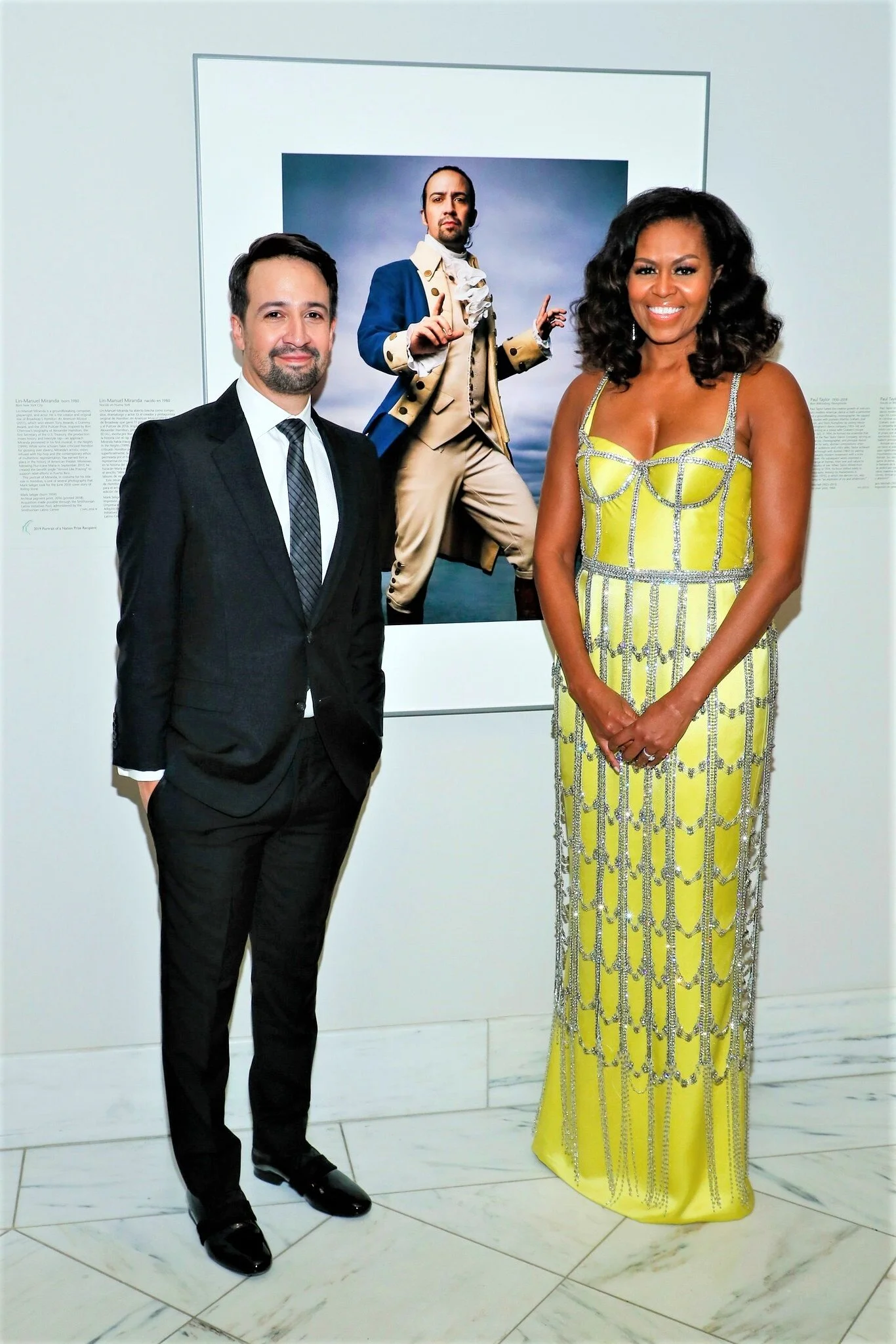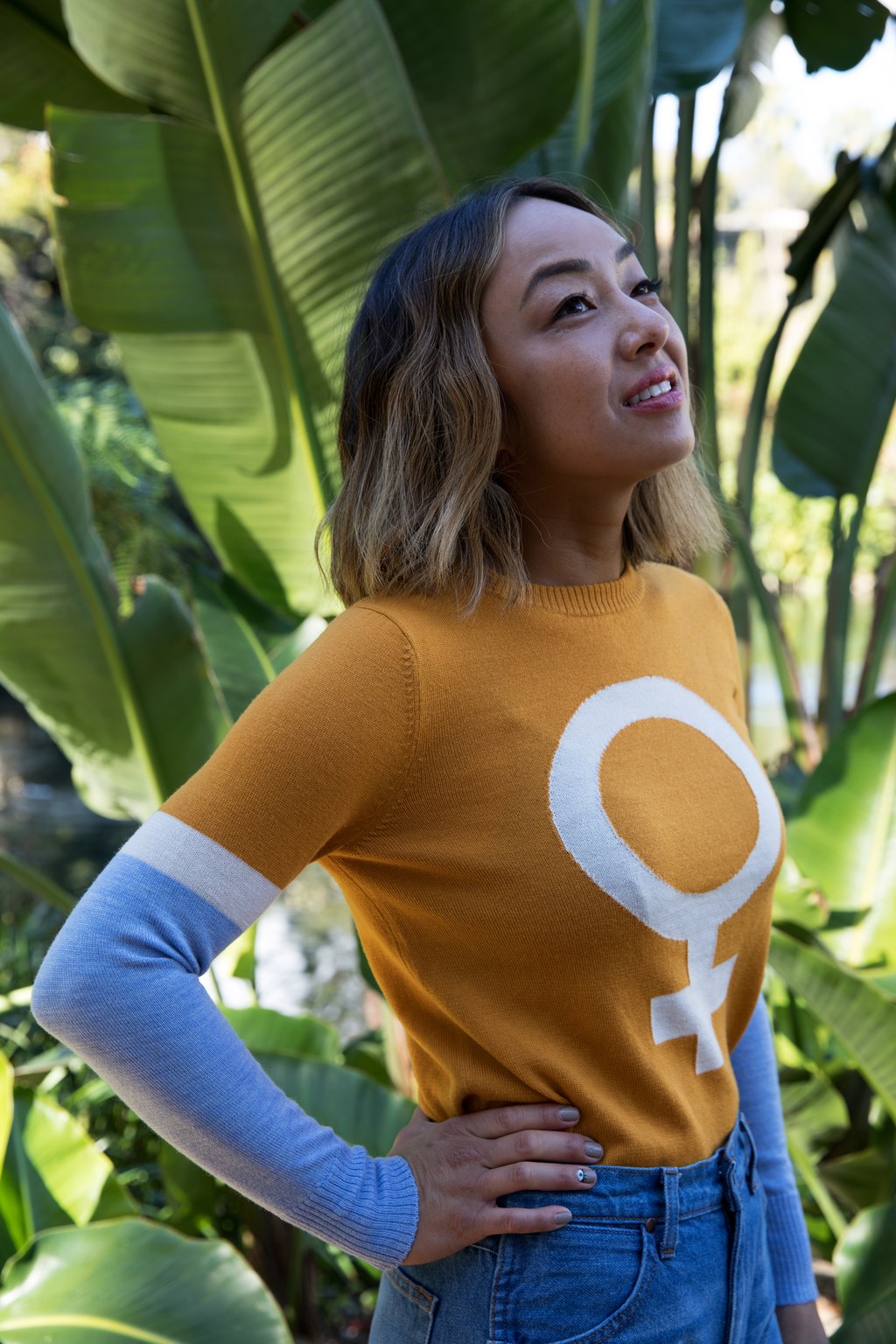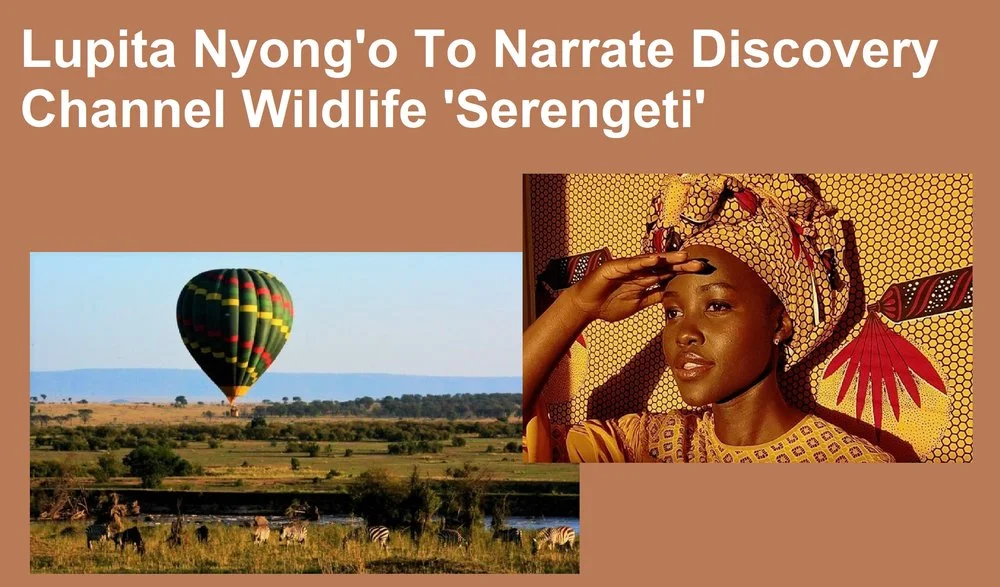Chinese Mummies Blanketed in Sexual Symbolism
/The title ‘Secrets of the Silk Road’, opening March 27-July 25, 2010 at the Bowers Museum in Santa Ana, sounds innocent enough.
I’ve spent enough years studying sexuality and fertility symbols to stop dead in my tracks, seeing this photo on the NYTimes website.
In the second paragraph of In a Desert in China, a Trove of 4,000-Year-Old-Mummies, we’re in agreement that you’re look at a 4,000 years-old phallic forest, whose inhabitants’bodies have been well preserved by the dry air.
In a sad and alarming story of the ‘usual’ ethnic tensions, Turkish-speaking Uighurs, joined in the last 50 years by Han settlers from China, men are fighting over the mummies, making historical identity claims and incumbent rights that somehow accompany historical origins.
Despite the political tensions over the mummies’ origin, the Chinese said in a report published last month in the journal BMC Biology that the people were of mixed ancestry, having both European and some Siberian genetic markers, and probably came from outside China.
Let’s get out of political tensions for the moment.
 A core vision of Anne of Carversville is to communicate the importance of sensuality in our lives, to articulate that nature and sensuality are positively intertwined, to educate our readers (and ourselves, because we’re learning, too) about women’s lives before monotheism arose in and around Jerusalem.
A core vision of Anne of Carversville is to communicate the importance of sensuality in our lives, to articulate that nature and sensuality are positively intertwined, to educate our readers (and ourselves, because we’re learning, too) about women’s lives before monotheism arose in and around Jerusalem.
These mummies lived in China at about the same time Judaism was founded.
A primary focus of the world’s greatest religions has been to render women as immoral, evil creatures that must be tolerated because of our child-bearing capacity. We speak to these subjects on the website.
Without using words like matriarchy, most scholars do agree that women lost power as monotheism gained influence and converts. We know that goddesses reigned in certain parts of the world, and we’re studying the modern lives of women who live in those societies today. In particular, we’re studying the history of the women of Scandinavia, the most egalitarian place for women in the world.
In the traditions of India and other early civilizations we find concepts of balance, ying/yang and a positive sensuality that unified male and female, rather than making female subordinate to male.
The discovery of the mummies in the Small River Cemetery is also a fertile one, and not only because the remains are so well preserved.
A Bronze Age salesclerk from Victoria’s Secret seems to have supplied the clothes beneath — barely adequate woolen loin cloths for the men, and skirts made of string strands for the women. via NYTimes

In the women’s coffins, the Chinese archaeologists encountered huge phalluses laid on the body or by its side. The men’s burial boars were buried with symbolic vulvas that matched the opposite sex symbols above the women’s boats.
“The whole of the cemetery was blanketed with blatant sexual symbolism,” Dr. Mair wrote. In his view, the “obsession with procreation” reflected the importance the community attached to fertility. via NYTimes
Without romanticising the drudgery and harsh challenges of early life on our planet, early civilizations celebrated fertility and pleasure between the sexes. We have overwhelming evidence of positive sensuality before monotheism — Orthodox Judaism, followed by Christianity and then Islam rendered female sexuality evil and immorally disgusting.
I’m well aware that these statements contradict Biblical ‘truths’ about women’s lives, but the mummies are real, too.
Perhaps Lilith represents women’s lives before men took over, hearing directly from God about women’s proper, subservient role in human life, which then created the doorway for Eve to enter.
There are references to Lilith in the Old Testament, as Adam’s first wife. In terms of mythology, Lilith was a hell-raiser and very independent woman.
These words are another digression from the life story of another woman who lived 4000 years ago. Her name is Beauty of Loulan. It’s time to meet her in another encounter on our journey of learning how women’s lives have evolved over time. Anne
Beauty of Loulan Nova Documentary
More Reading:












